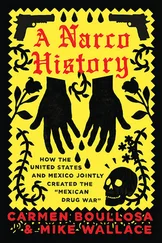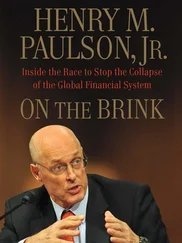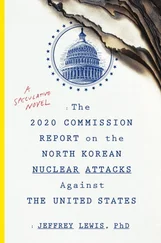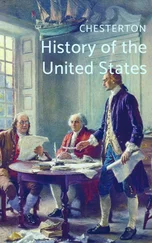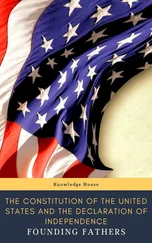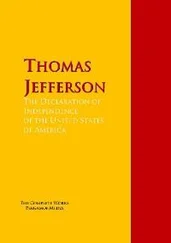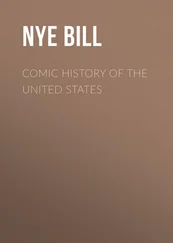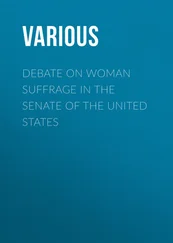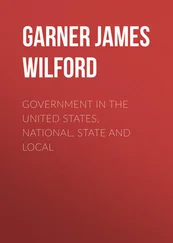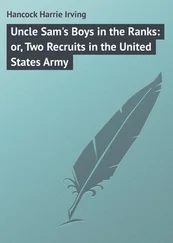Despite essentially turning state’s evidence against the president, McGahn stayed in his job as White House counsel, advising on everything from trade policy to national security. A source told me that McGahn believed he needed to try to stop the president from inflicting damage to the office of the president and the country. The source said that McGahn also worried that if he quit, Trump would install one of his crony lawyers from New York who would rubber-stamp whatever the president wanted—lawyers in the mold of Michael Cohen, who functioned more like fixers.
McGahn’s own personal and political ambitions complicated his calculations about whether to stay. He was an ardent libertarian who had become convinced that under both Democratic and Republican presidents the government had overreached in nearly every regard—from health care to education to the wars in the Middle East. With a broken Congress, the most effective way to reverse this trend was to stack the federal courts with hard-line judges in the mold of Antonin Scalia and Clarence Thomas. In fact, McGahn had accepted the White House job on the condition that he essentially serve as a committee of one to determine whom Trump would nominate to the federal bench, including district, appeals, and Supreme Court vacancies. Unlike previous administrations that relied on teams of White House and Justice Department officials who spent months if not years carefully deliberating on candidates for judicial nominations, McGahn streamlined the process and ran it out of his office. When he settled on candidates, he would present them to Trump, who would approve the nominations without raising many questions—simple as that. This hastened the pace at which the administration could get nominations to one of McGahn’s closest allies in Washington, the Senate majority leader, Mitch McConnell, who would then ram them through the Senate. By the end of the second year in Trump’s presidency, this judicial conveyor belt had nominated more judges than any other modern administration had at the same point. McGahn knew that he would never have this power again. The longer he stayed in his position—even if doing so imperiled him legally and politically if he ended up on the wrong side of Kong—the more he would change the courts, cement his legacy, and, perhaps, have the chance to fill another Supreme Court vacancy.
Trump’s success at confirming conservative judges had become his political umbilical cord to the base—no matter how unseemly his personal conduct or how bombastic his tweets, the judges were his insurance policy against the growing threats to his presidency. Social conservatives, the largest and most enthusiastic faction of the Republican base, had increasingly seen the courts as their best avenue to enact policies they supported on issues like abortion and gun rights. Trump’s transformation of the courts allowed many of these Republicans, who otherwise found Trump revolting, to hold their noses and continue to support him, arguing that a president who wanted to champion their values was more important than one who actually lived by them. The bond between Trump and his voters over judges was vital to his survival—Democrats would need to peel off Republicans in Congress if they ever wanted to drive the president from office.
But could this dynamic really explain why McGahn stayed in the West Wing despite misgivings about the president’s conduct? Or was McGahn so alarmed by Trump’s behavior that he stayed to do whatever he could to protect the country? By advising Trump while at the same time talking to Mueller’s prosecutors, was he ethically compromised? I needed to find out, and the only source who was in a position to answer these things was almost at the northwest gate of the White House.
I had been alerted to McGahn’s whereabouts ninety seconds earlier by my editor, Amy Fiscus, who’d called me at my desk as she made her way out of the bureau. Until that point, it had been a typical day in the Trump era. Typical in the sense that it had been upended that afternoon by yet another astonishing development that alone would have been a remarkable moment in any other presidency but would soon be overwritten in our collective consciousness by the next outlandish thing the president did. That day, my colleague Maggie Haberman and I had reported that Trump claimed he still wanted to sit for an interview with the special counsel’s office, even though his personal lawyers had told him not to, because they believed he would lie.
We’d filed our story on the development late, around 6:00 p.m., and it would be 8:00 p.m. by the time it was edited and sent up to the Times ’ headquarters in New York, going online and making the first edition of the next day’s paper. At that hour, the bureau was finally quiet. The rest of the evening looked to be time to finally catch up on everything that had fallen by the wayside—going through my notebook and emails to take inventory of all the leads for stories I had to follow up on. My high school baseball coach had taught us that we should run out every ground ball because you never knew whether there was a scout in the stands clocking times on how quickly you made it to first base. I had adapted this to work, setting out to run down every lead because you never knew which one would turn out to be the big one. And while a call that Don McGahn had just left a nearby restaurant didn’t exactly qualify as a standard lead per se, it was an opportunity to talk to the key source in the biggest story in the world.
“He’s headed back to the White House,” Amy relayed to me, watching him head down the street.
As soon as I’d received Amy’s message that McGahn was on the move, I threw on my sport coat and raced to the elevator and out of our building, just three blocks north of the White House. About three hundred feet from the White House, in the middle of Lafayette Park, I could see Secret Service officers, straggling tourists, and protesters scattered on Pennsylvania Avenue in front of the spiked fence. I was running on land that supposedly used to be an actual swamp, and even though it wasn’t raining, the humidity and heavy air made it feel as if I were running through water.
A hundred feet away, I saw what looked vaguely like the back of McGahn’s head as he took his final steps toward the northwest gate. As I got closer, I had to slow down—the last thing I needed was for the Secret Service officers to think I was a fence jumper or that I meant to assault the White House counsel and apprehend me. About forty feet from the entrance, I reached him.
“Don,” I said, out of breath.
He turned around.
He did not look happy to see me, and for a second I tried to see myself through his eyes—winded, sweaty, and frantically chasing him toward the most fortified office building in the world at a full sprint. How had it come to this?
—
I’ll try to explain. By this point, Trump had been president for eighteen months, and by every measure, he was looking increasingly vulnerable politically and legally. To understand where we were in the story of the Trump presidency, how susceptible it was to his impulses, and what might happen next, you had to understand every step that had come before it. Because for as polarizing and destabilizing as his presidency had become, the reality was that a series of highly unusual and combustible events and reactions to those events over the past six years had contributed to the defeat of both Mitt Romney and Hillary Clinton, and had propelled Donald Trump to the White House. The way the events lined up was likely more accident than conspiracy, but whatever it was, the conditions had been created to make this extraordinarily unconventional presidency possible.
The way I had come to see it, it had all started with Mitt Romney and a decision he made on September 11, 2012.
Читать дальше

